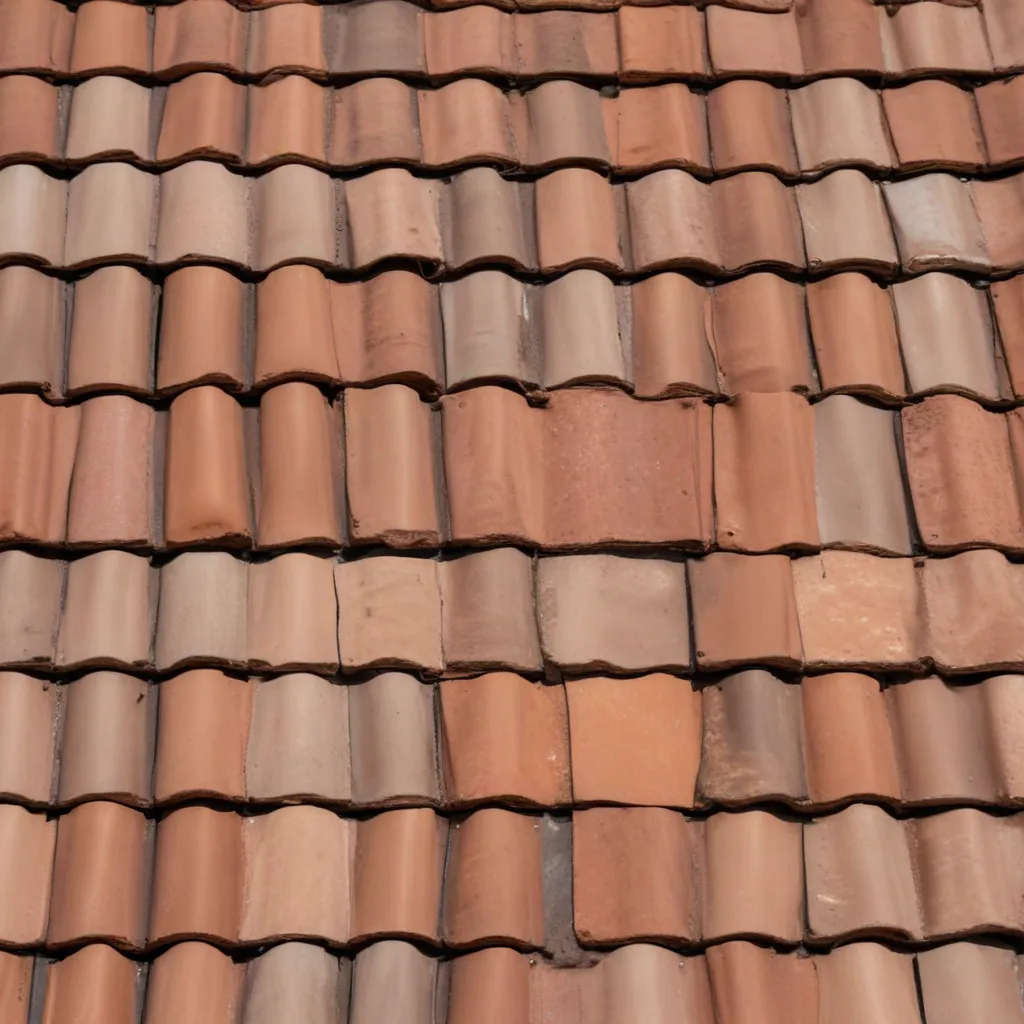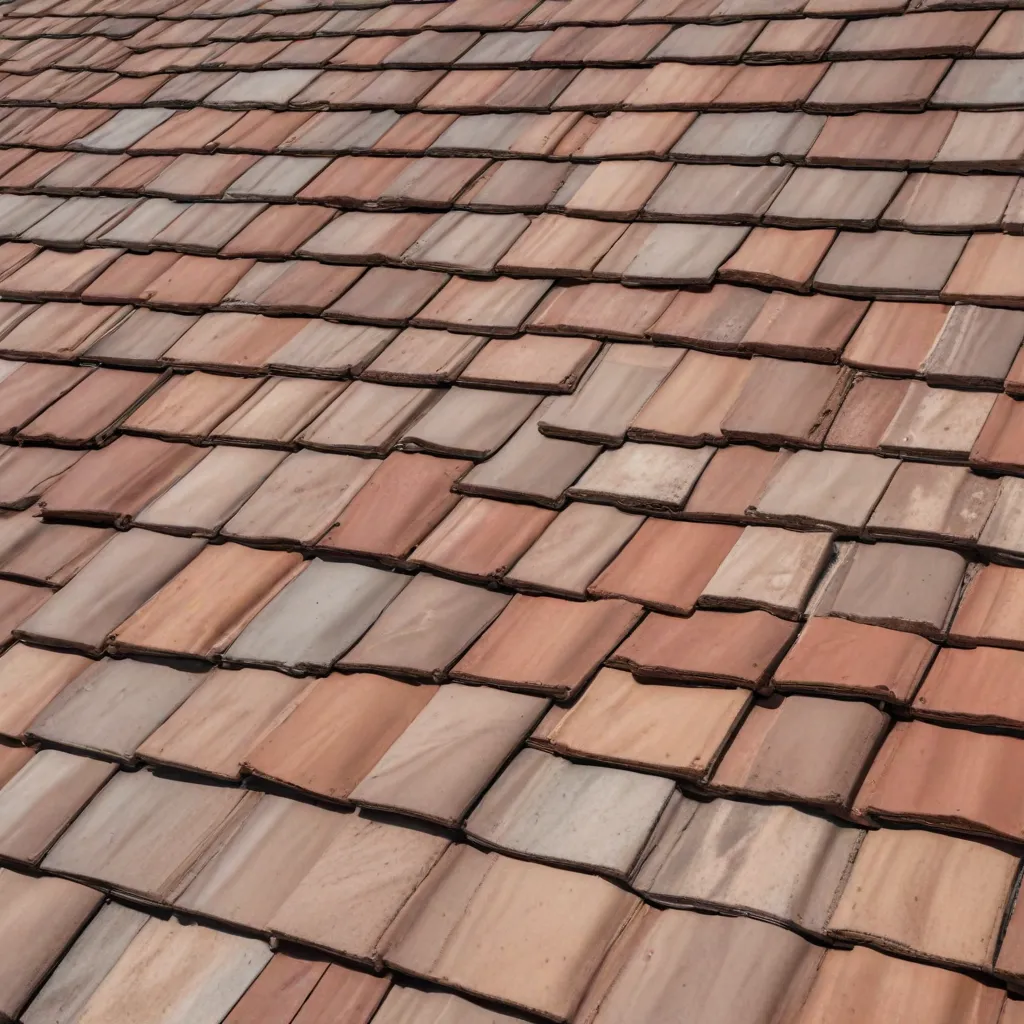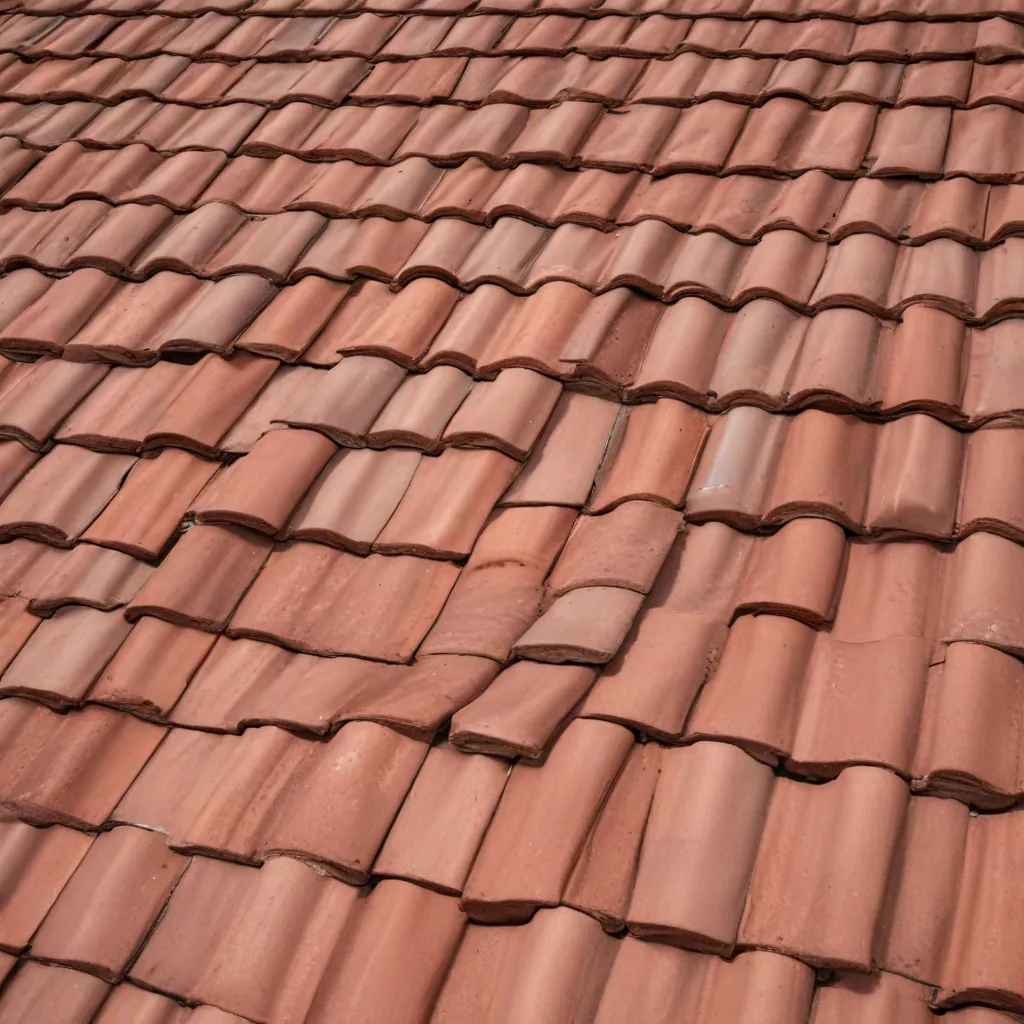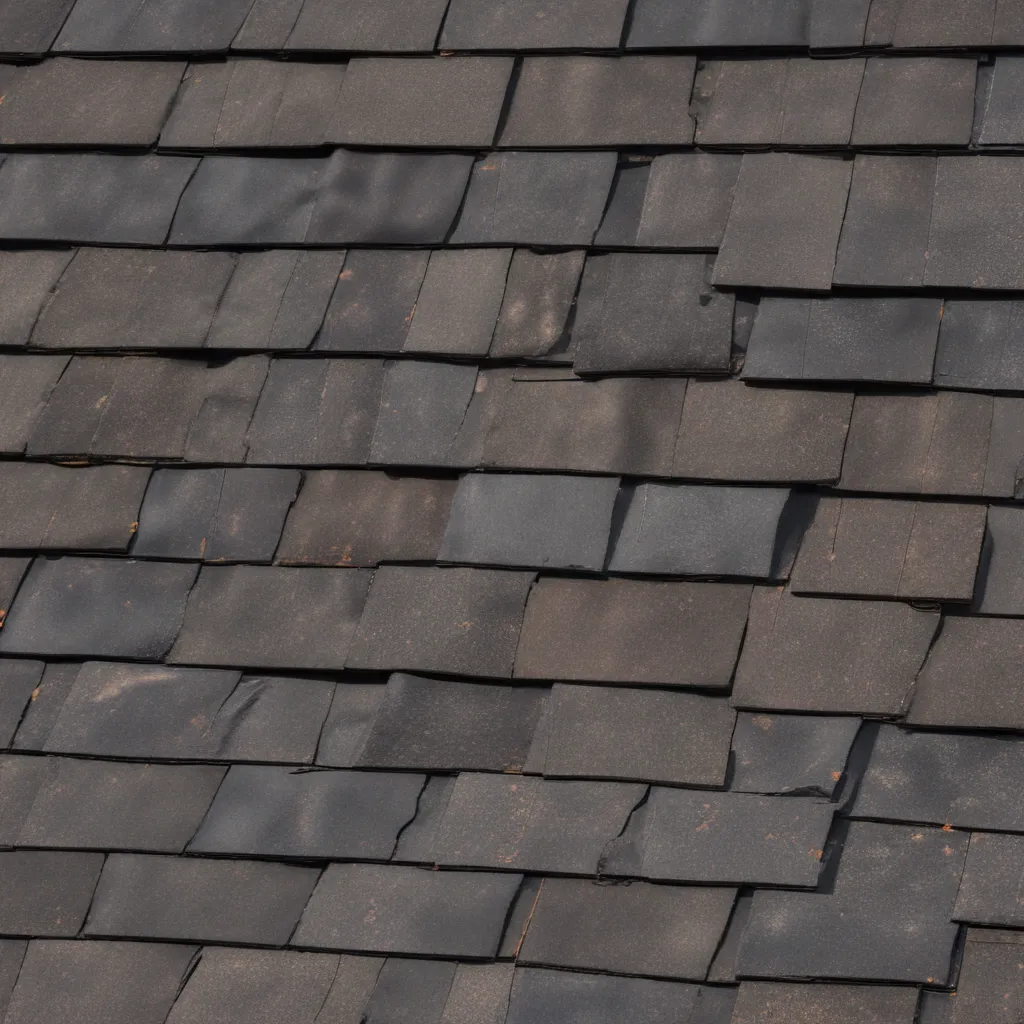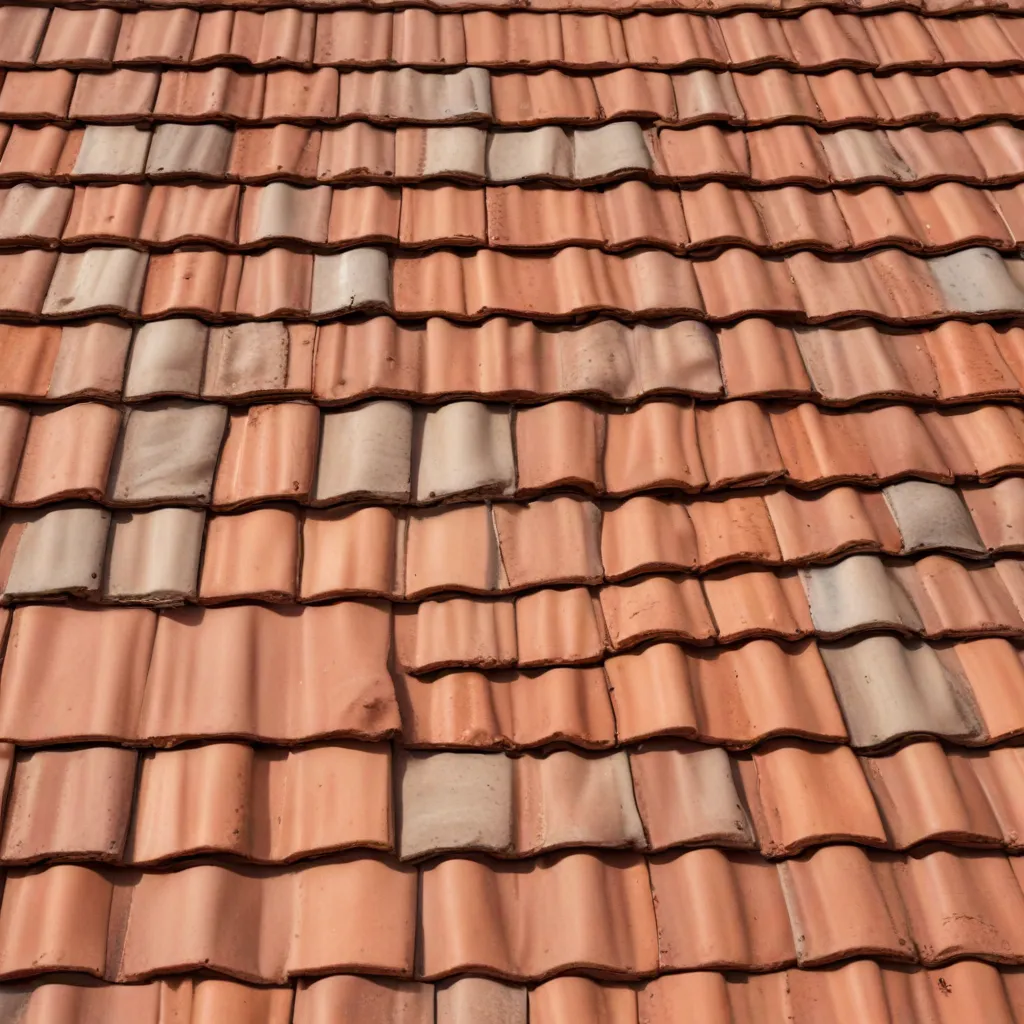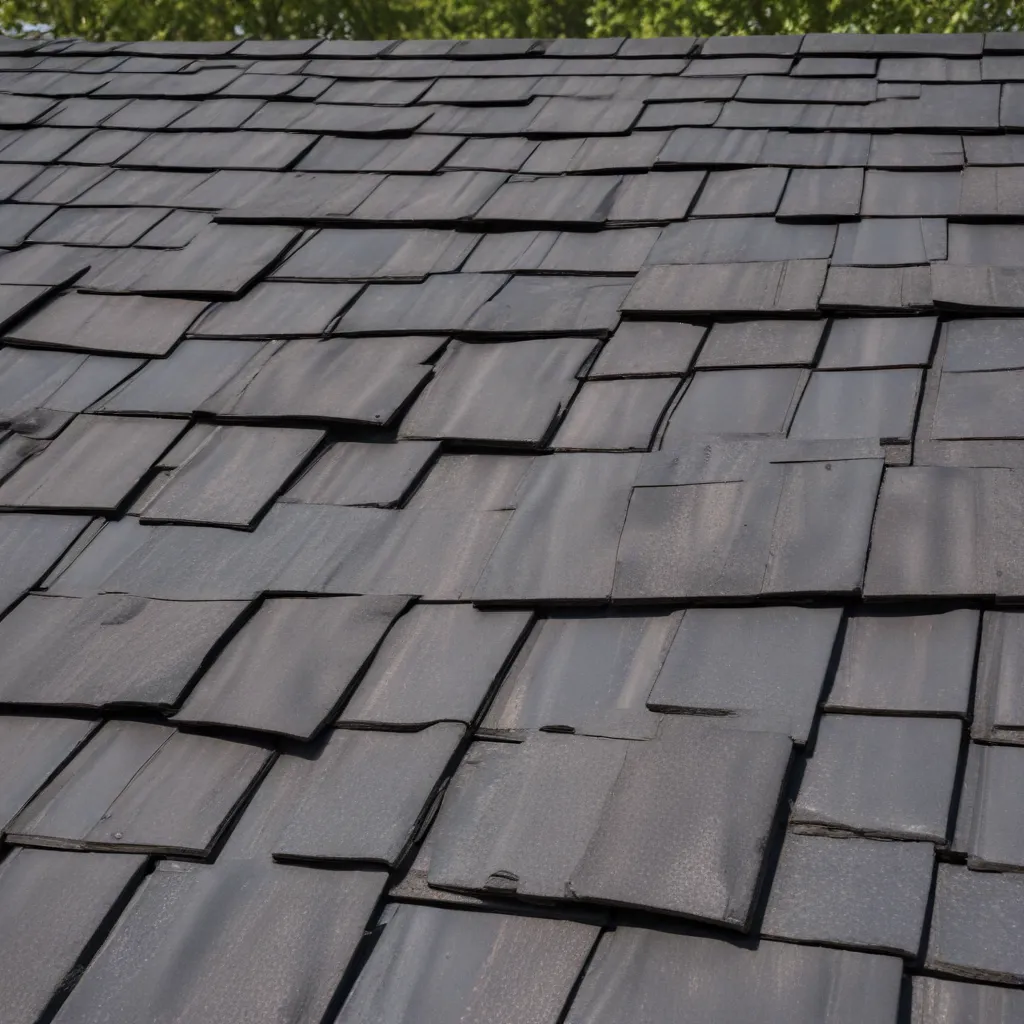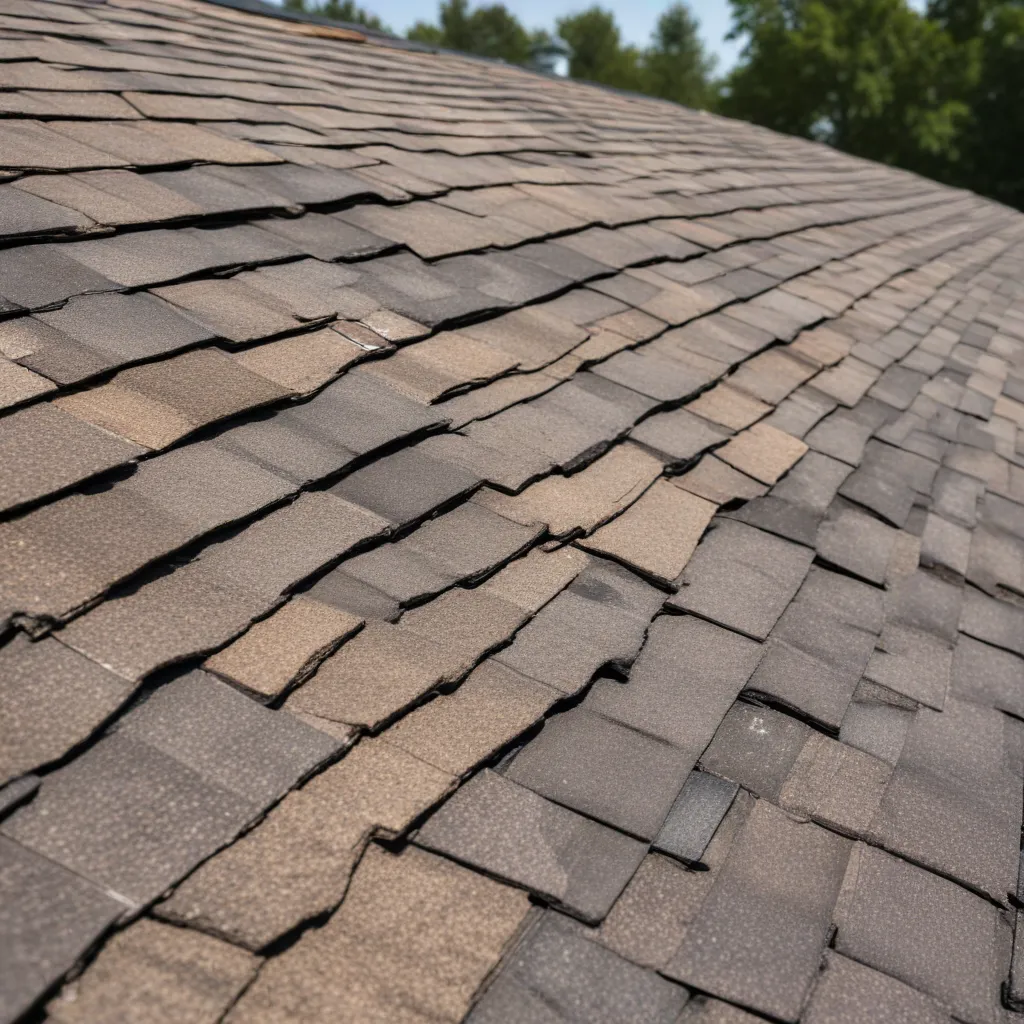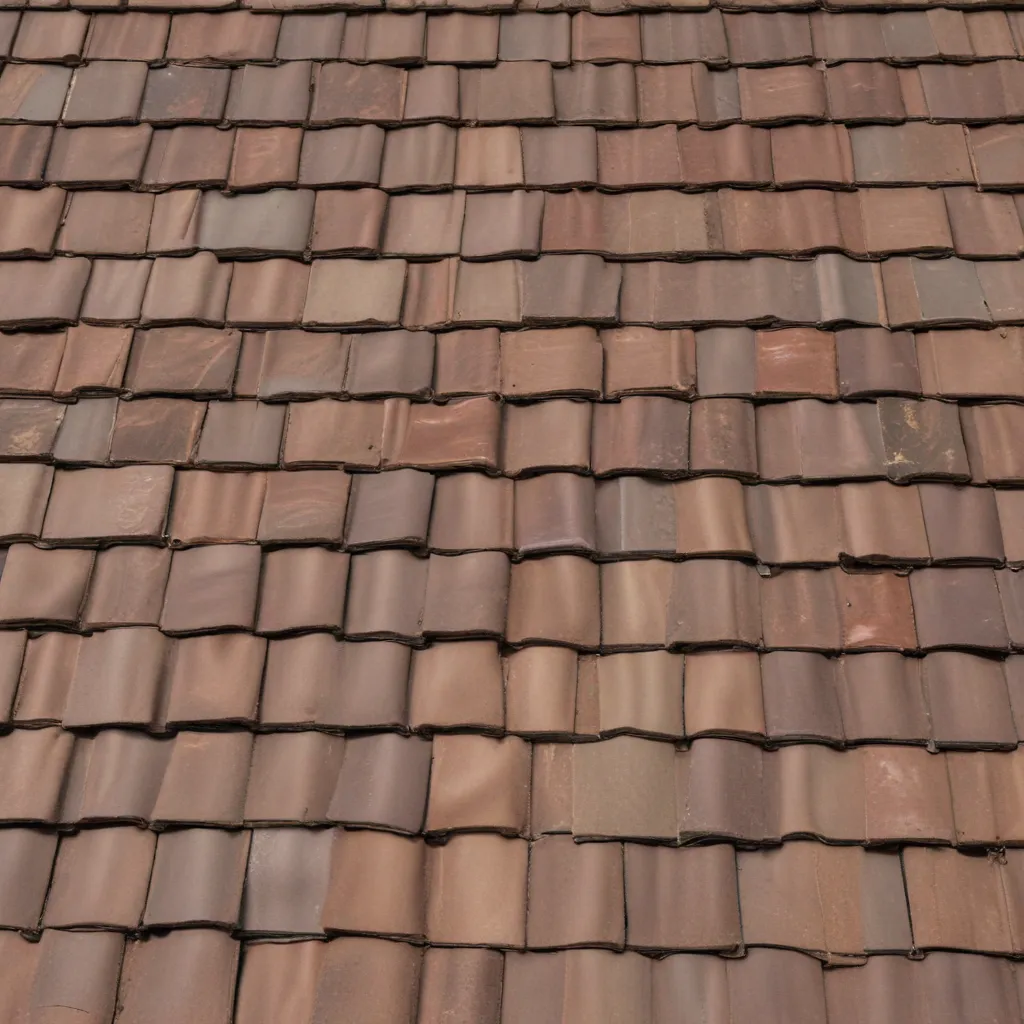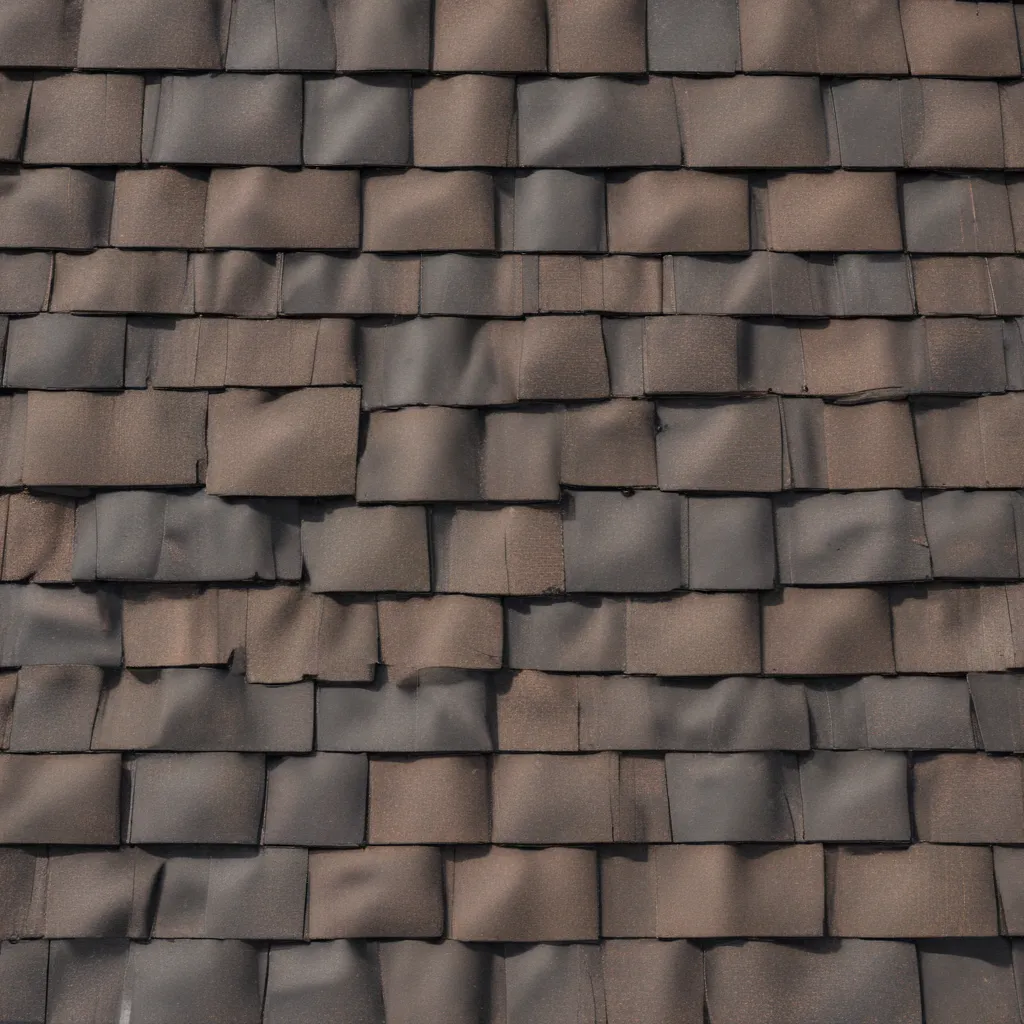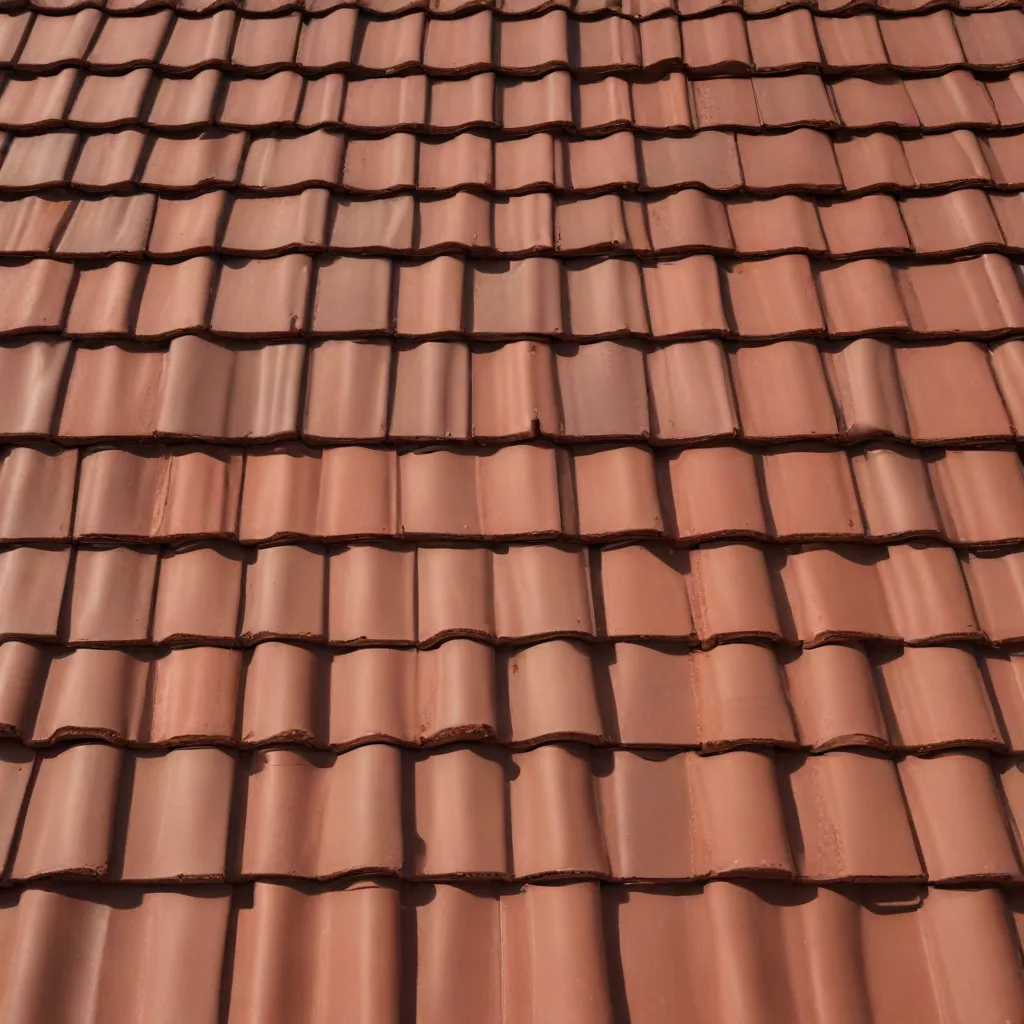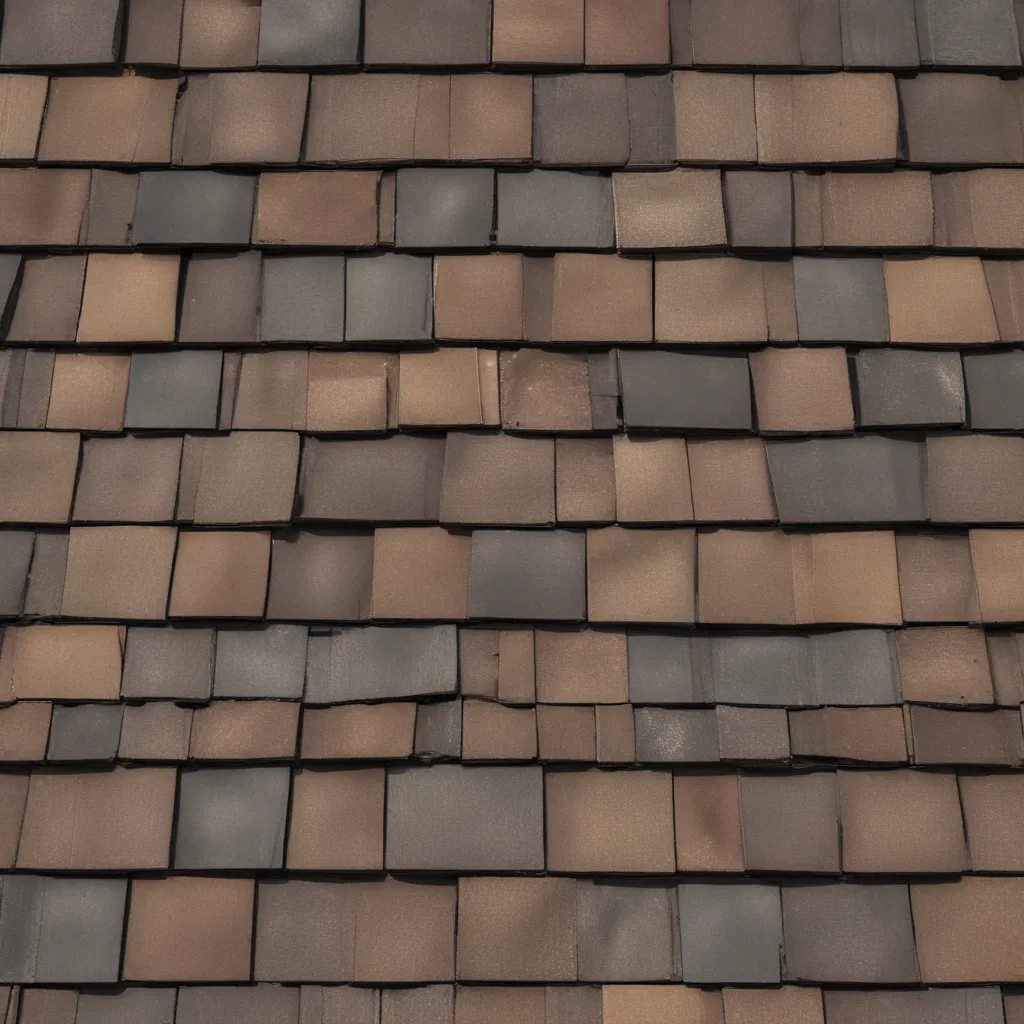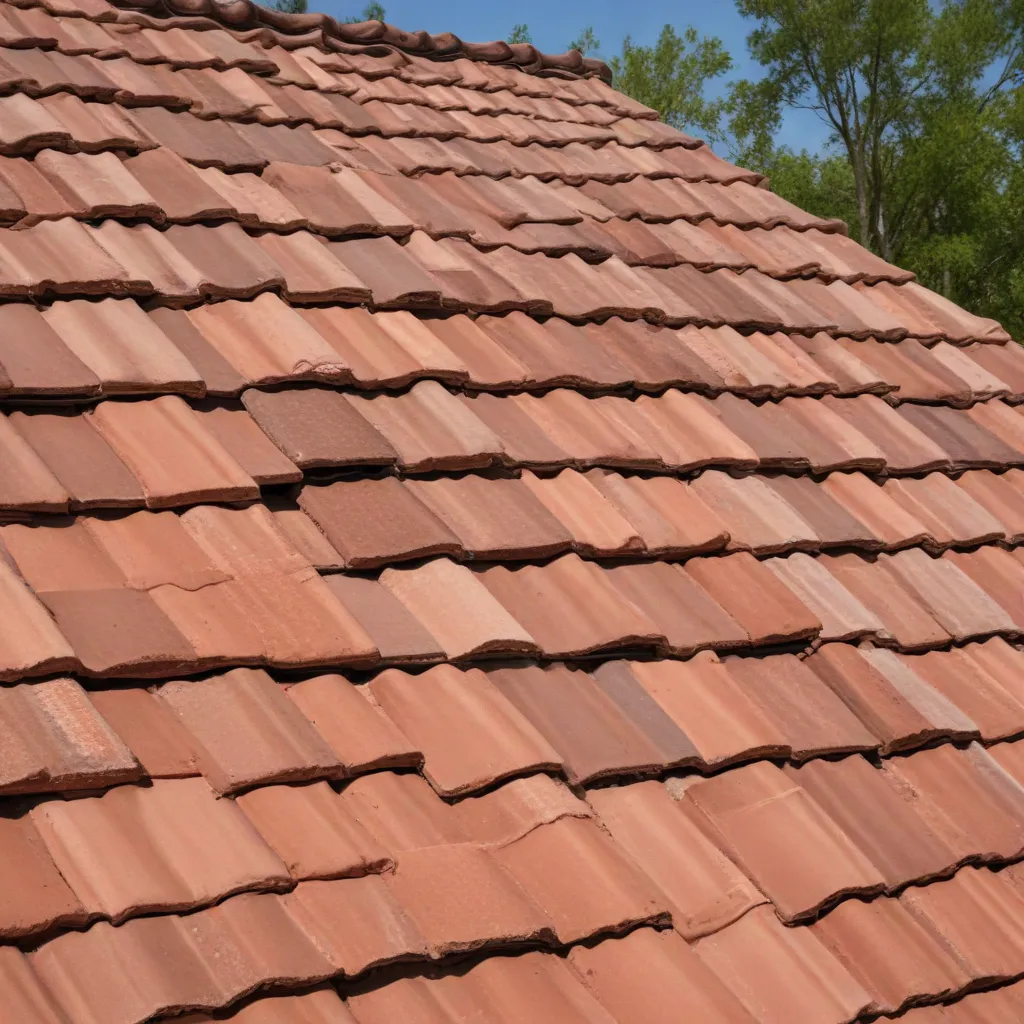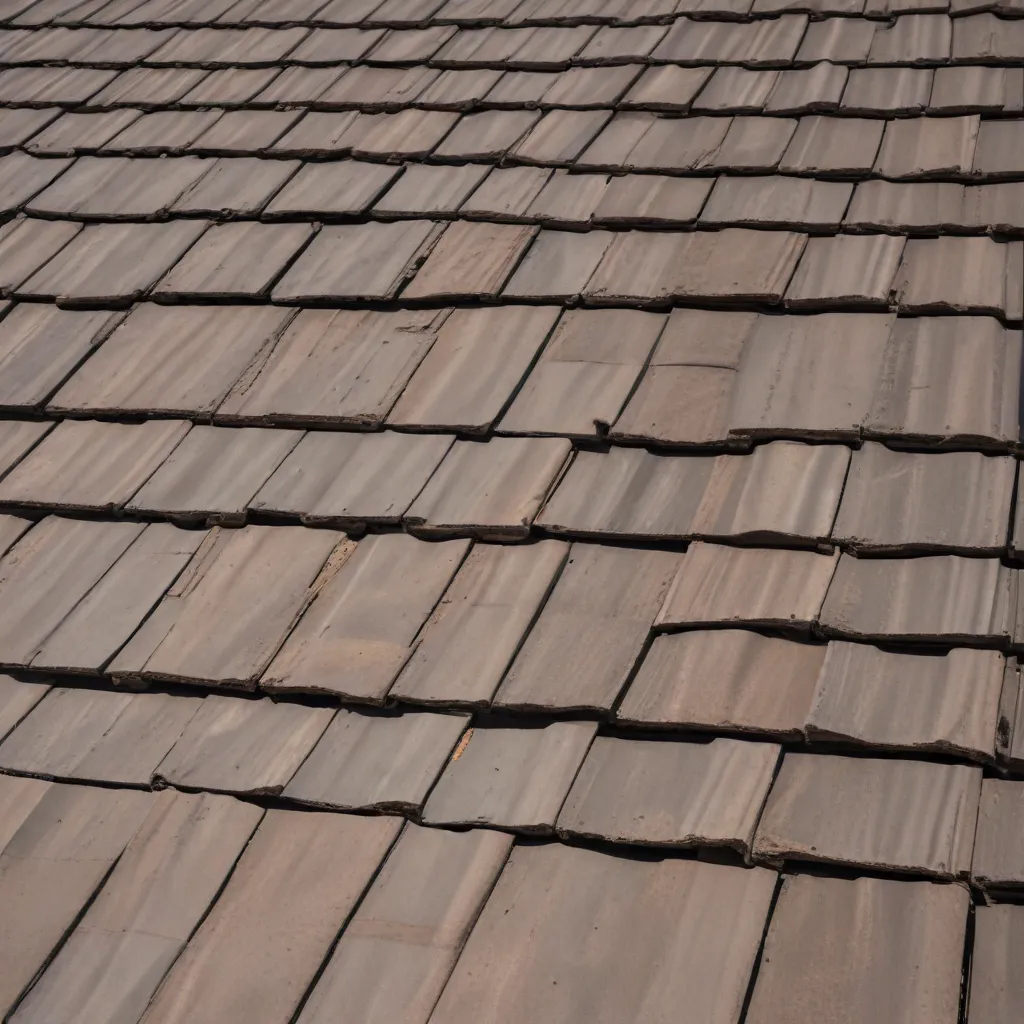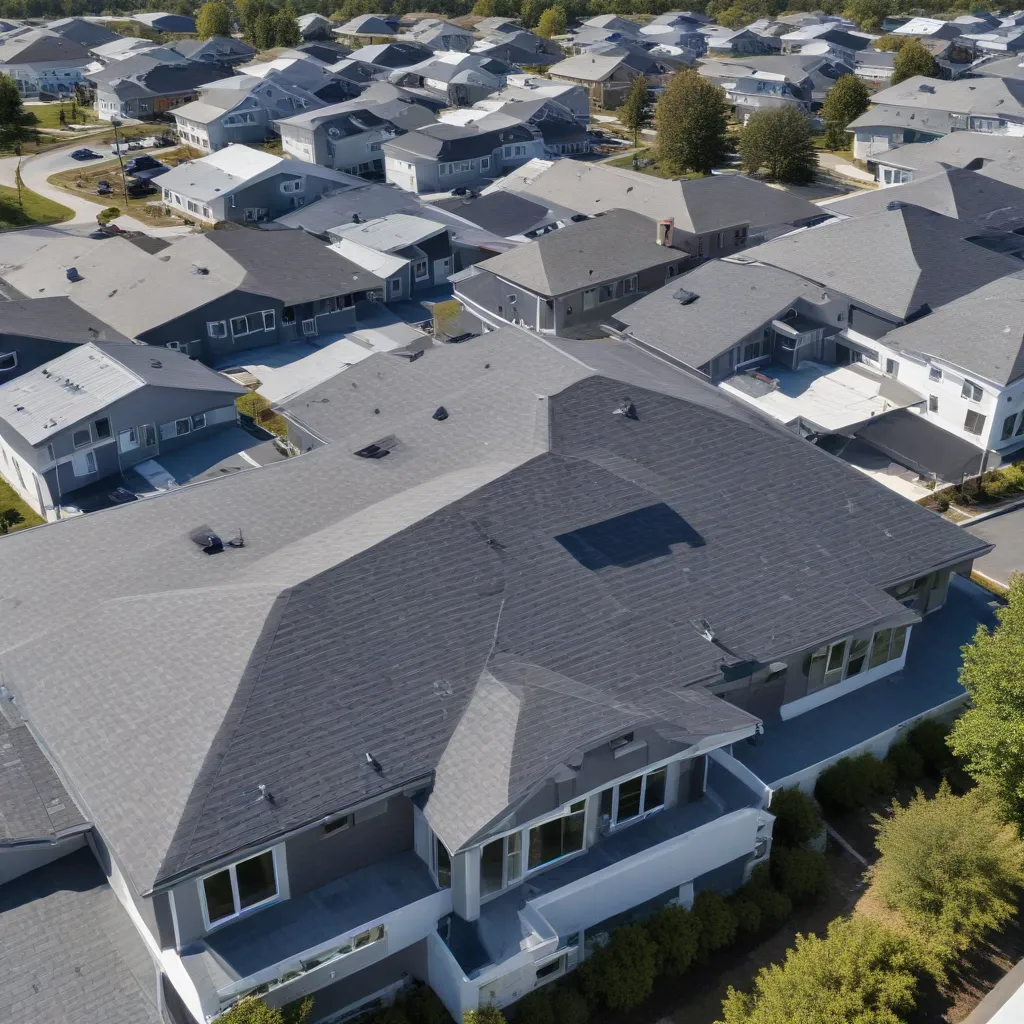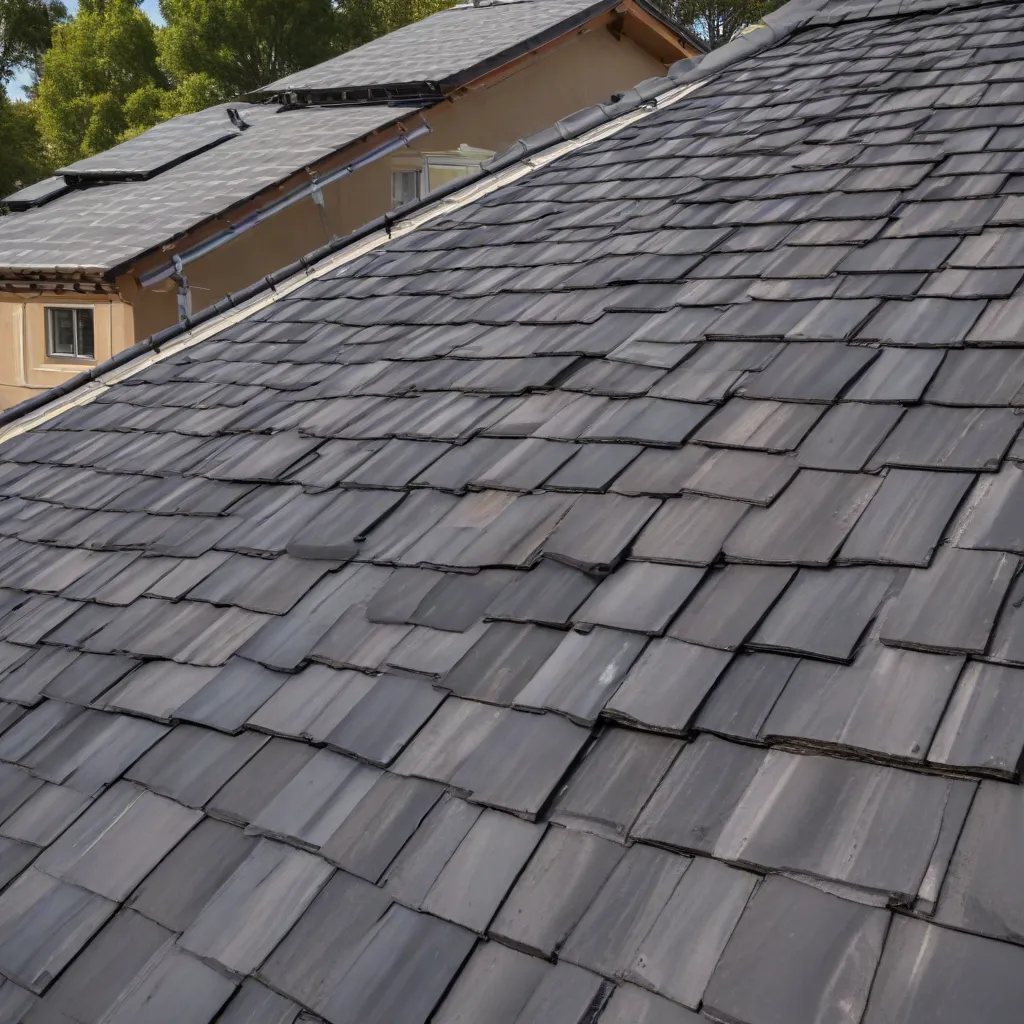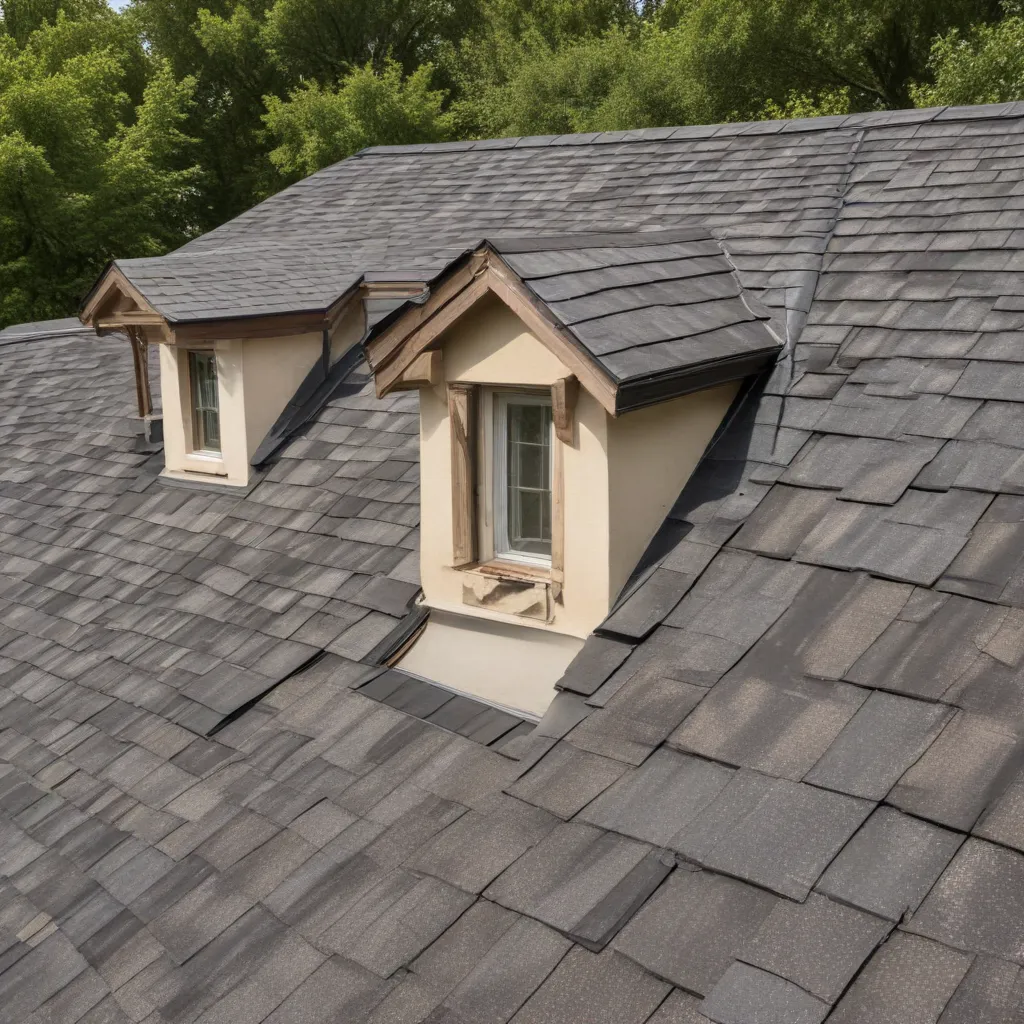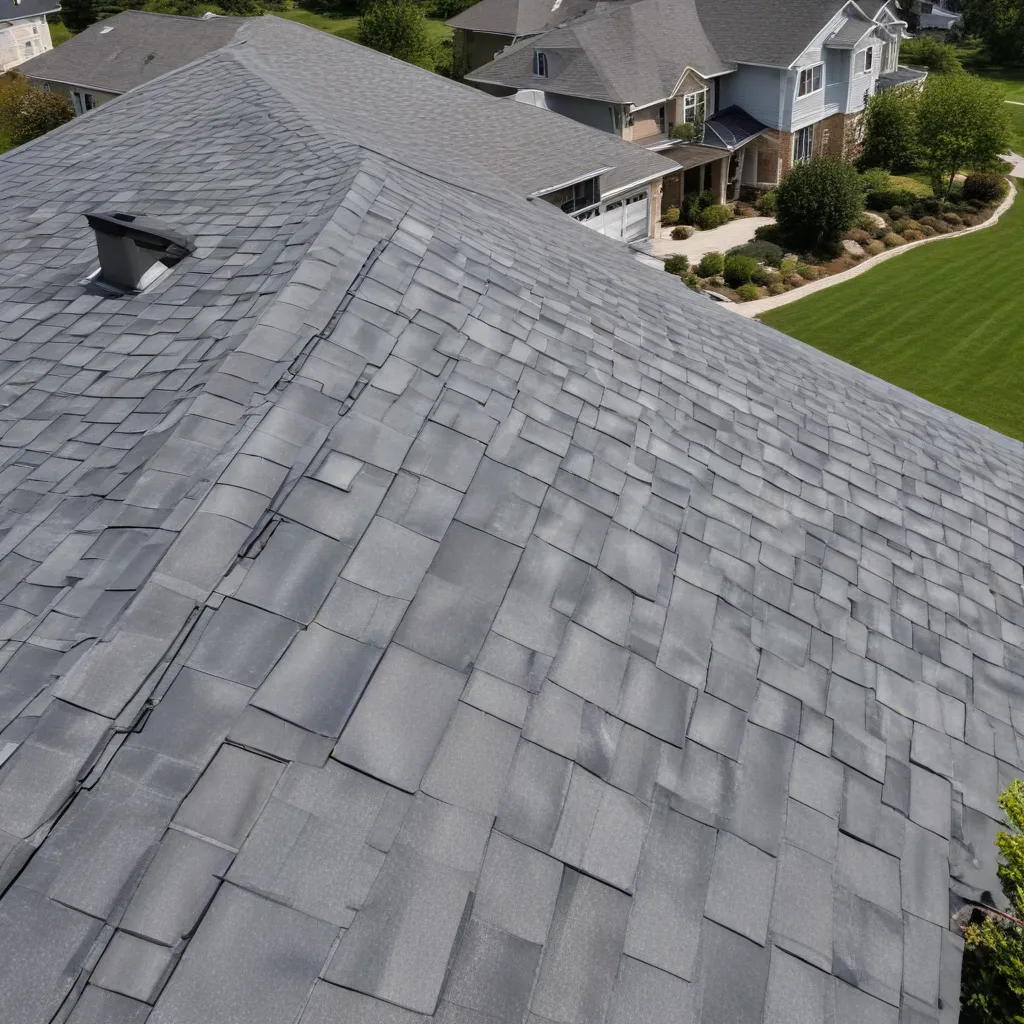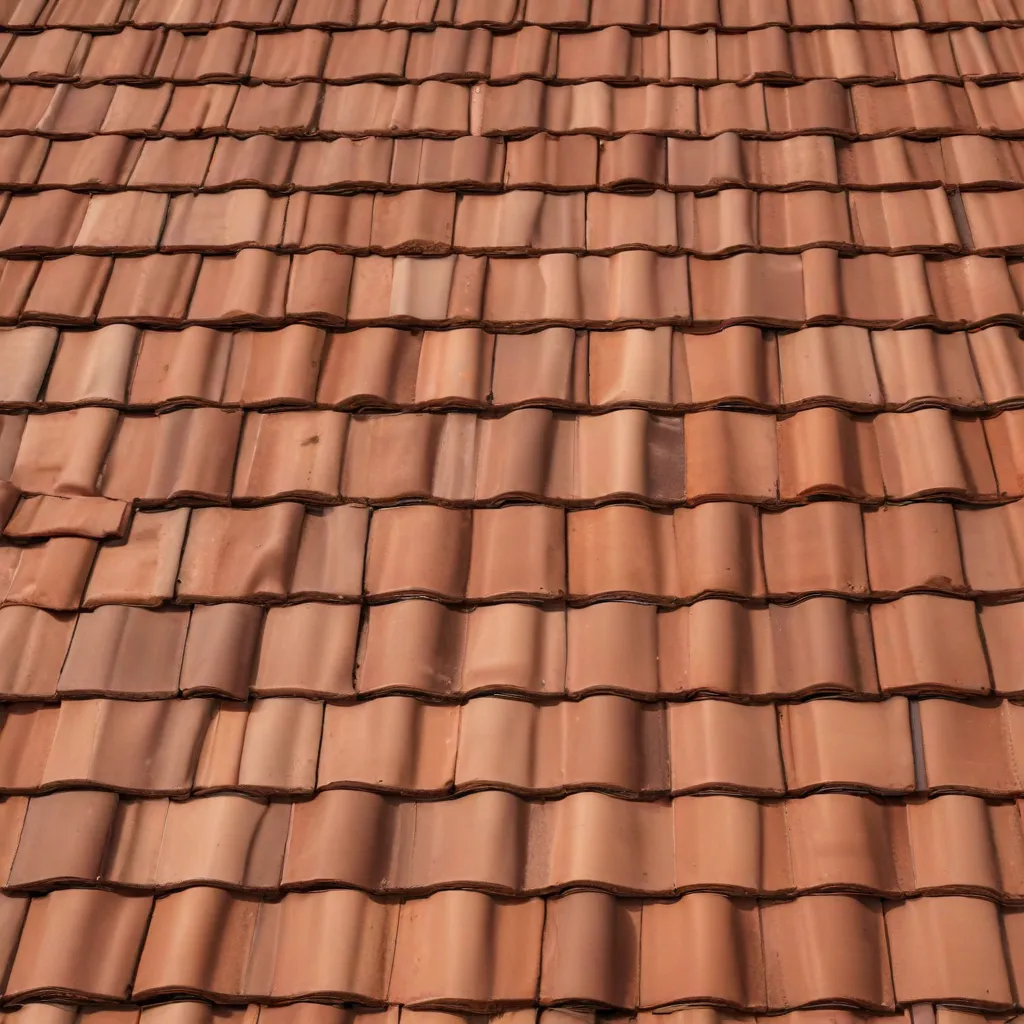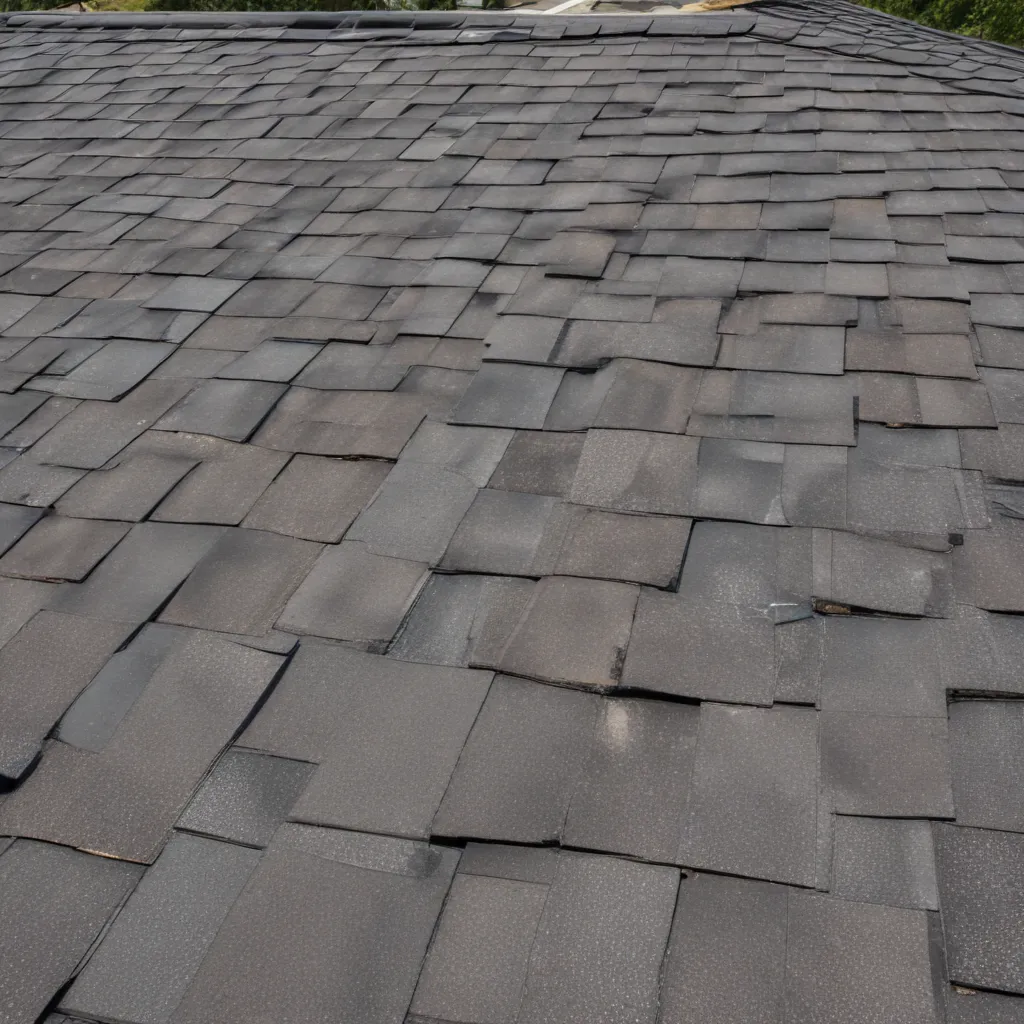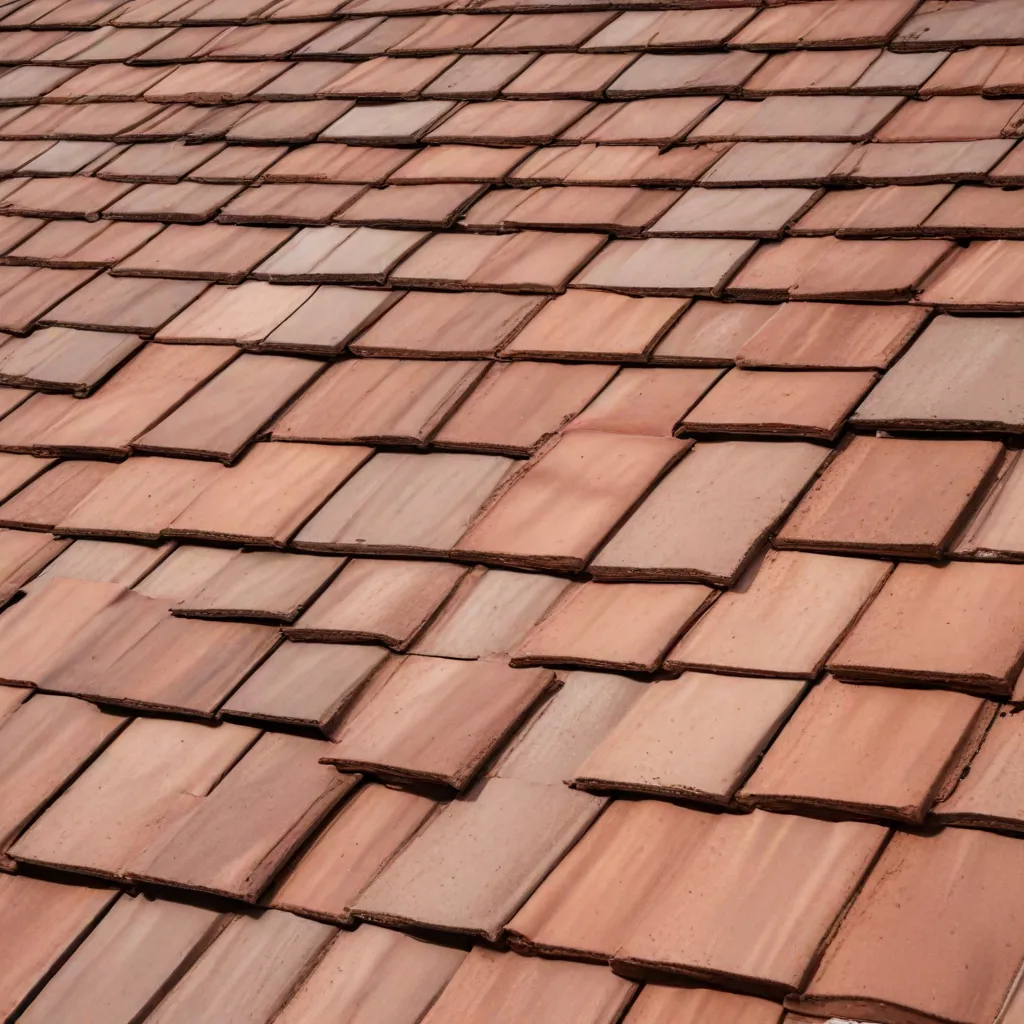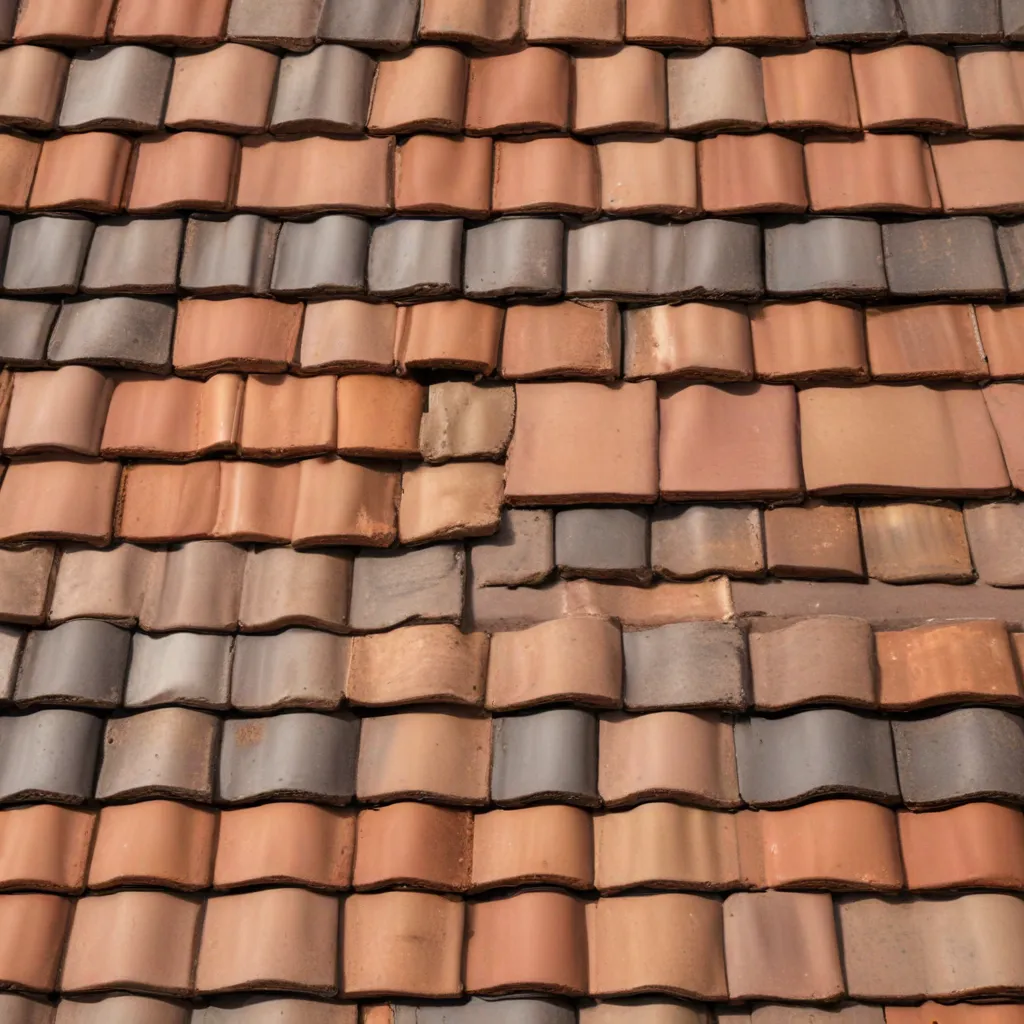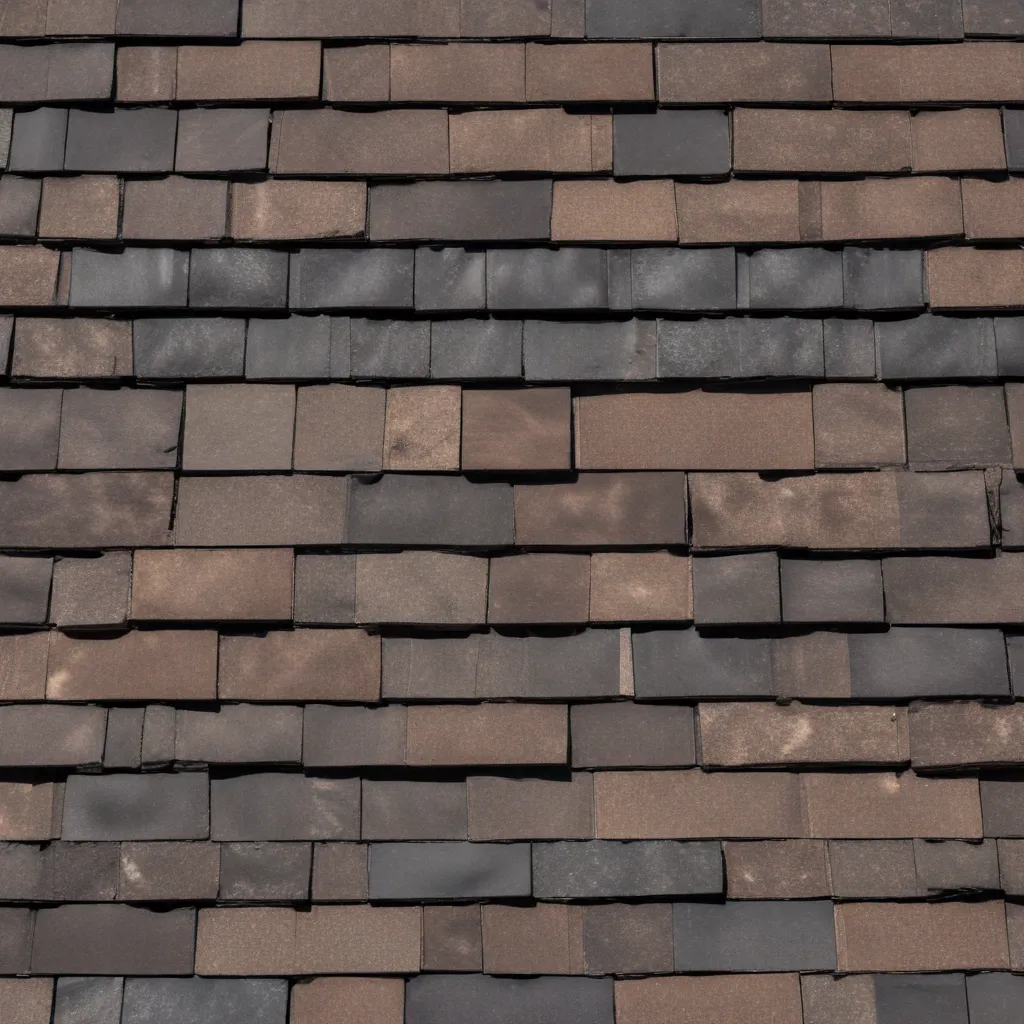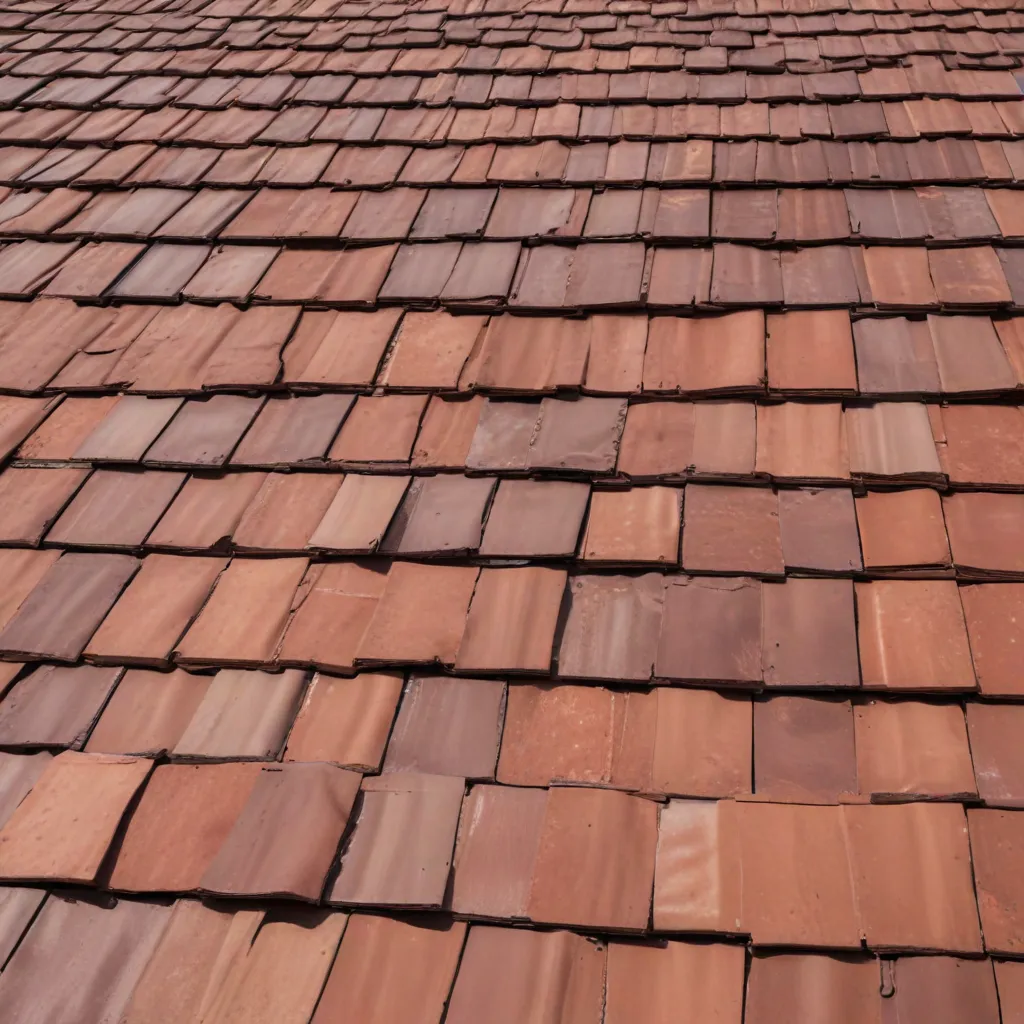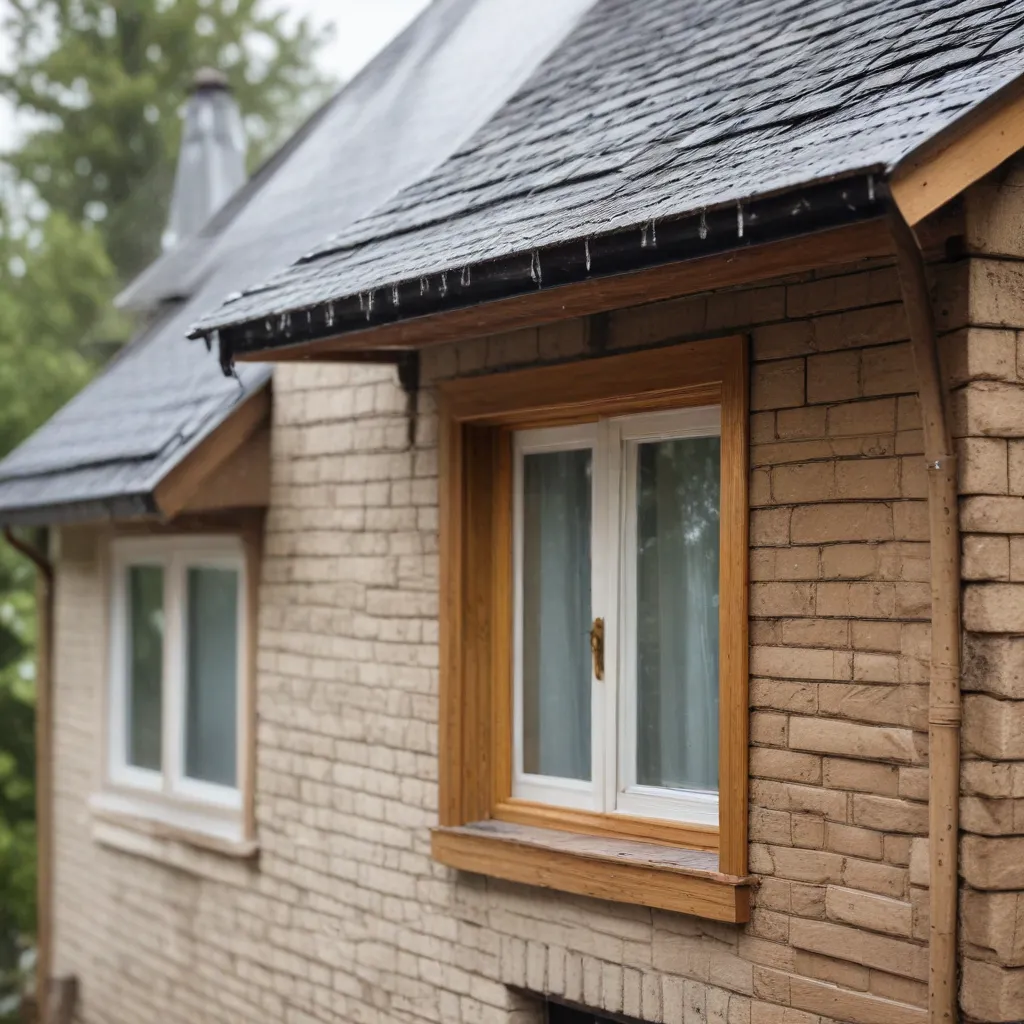
As an experienced roofing specialist, I’ve seen firsthand how the elements can take a toll on a home. Whether it’s harsh winter storms, scorching summer heat, or unpredictable weather patterns, ensuring your property is properly weatherproofed is crucial for maintaining comfort, energy efficiency, and long-term durability. In this comprehensive guide, I’ll share a range of practical tips and strategies to help homeowners fortify their homes against the changing seasons.
Home Maintenance
Roof and Exterior
Roof Inspections
One of the most critical aspects of weatherproofing your home is keeping a close eye on your roof. Curled, cracked, or missing shingles can leave your home vulnerable to water damage and air infiltration, so it’s important to conduct regular roof inspections, especially before the rainy or snowy seasons. Consider upgrading to hail-resistant shingles for enhanced protection against extreme weather events.
Siding and Caulking
Your home’s exterior siding plays a vital role in shielding it from the elements. Over time, the siding can develop cracks or gaps that allow air and moisture to seep in. Regularly inspecting and caulking these trouble spots can make a significant difference in preventing water intrusion and maintaining a weathertight seal.
Gutters and Downspouts
Clogged gutters and downspouts can lead to a variety of problems, including water damage to your roof, walls, and foundation. Make it a habit to clear out debris from your gutters and ensure that your downspouts are properly directing water away from your home. For added protection, consider installing a gutter guard system that will minimize the need for manual gutter cleaning.
Windows and Doors
Weather Stripping
Windows and doors are common culprits for air leaks, allowing warm or cool air to escape and causing your HVAC system to work overtime. Weather stripping these areas with high-quality materials can create a tight seal, improving your home’s energy efficiency and comfort.
Window Treatments
Upgrading your window treatments can also play a role in weatherproofing. Insulated drapes or cellular shades can serve as an additional barrier, trapping air and reducing heat transfer through your windows.
Entryway Sealing
Don’t forget about your home’s entryways. Sealing gaps around doors with weatherstripping or door sweeps can help prevent drafts and maintain consistent indoor temperatures.
Insulation Strategies
Attic Insulation
Proper insulation is a crucial component of weatherproofing your home. Inadequate insulation in your attic can lead to significant heat loss in the winter and unwanted heat gain in the summer. By ensuring your attic is well-insulated, you can improve your home’s energy efficiency and reduce your utility bills.
Wall Insulation
In addition to your attic, the walls of your home should also be adequately insulated. Outdated or insufficient wall insulation can allow air to infiltrate your living spaces, compromising your comfort and energy efficiency. Consider upgrading to modern insulation materials, such as spray foam or blown-in insulation, for maximum weatherproofing benefits.
Basement/Crawl Space Insulation
Don’t forget about the areas below your home. Properly insulating your basement or crawl space can help prevent heat loss and moisture buildup, which can lead to mold and mildew issues. Investing in appropriate insulation for these spaces can improve your home’s overall weatherproofing and indoor air quality.
Energy-Efficient Upgrades
Heating and Cooling Systems
Your home’s HVAC system plays a crucial role in weatherproofing and energy efficiency. Upgrading to a more energy-efficient system, such as one with variable-speed motors or geothermal heat pumps, can help your home better adapt to changing weather conditions and reduce your energy consumption.
Reflective Roofing
Choosing the right roofing material can also contribute to your home’s weatherproofing and energy efficiency. Reflective roofing options, such as light-colored shingles or metal roofs, can help minimize heat absorption, keeping your home cooler in the summer and potentially reducing your cooling costs.
Upgraded Windows
Replacing outdated windows with energy-efficient models can have a significant impact on your home’s weatherproofing capabilities. Double-pane or triple-pane windows with low-emissivity (low-E) coatings can significantly improve insulation and reduce air infiltration, leading to enhanced comfort and lower utility bills.
Weatherproofing Accessories
Weatherproof Sealants
In addition to the larger-scale weatherproofing strategies, utilizing specialized sealants and caulks can also help protect your home. Look for high-quality, durable sealants designed to withstand temperature fluctuations and maintain a tight seal around windows, doors, and other potential air leaks.
Protective Coverings
Investing in protective coverings, such as storm shutters or impact-resistant windows, can be particularly beneficial for homeowners in hurricane-prone areas. These specialized products help shield your home from the destructive forces of high winds and flying debris, reducing the risk of costly damage.
Storm Preparedness Items
Beyond structural upgrades, having the right emergency supplies on hand can also be crucial for weatherproofing your home. Consider stocking up on items like sandbags, tarps, and portable generators to help you better withstand and recover from severe weather events.
Weatherproofing your home may seem like a daunting task, but with a strategic approach and the right tools, you can effectively shield your property from the elements. By addressing issues like roof integrity, insulation, and energy efficiency, you can not only improve your home’s comfort and resilience but also potentially save on your utility bills in the long run.
Remember, regular maintenance and vigilance are key to maintaining a weatherproof home. Regularly inspecting your roof, sealing air leaks, and upgrading aging systems can go a long way in protecting your biggest investment. With these tips in mind, you’ll be well on your way to a more resilient and weather-resistant home.
For more information on genuine roofing solutions and weatherproofing strategies, please visit Genuine Roof Systems.

